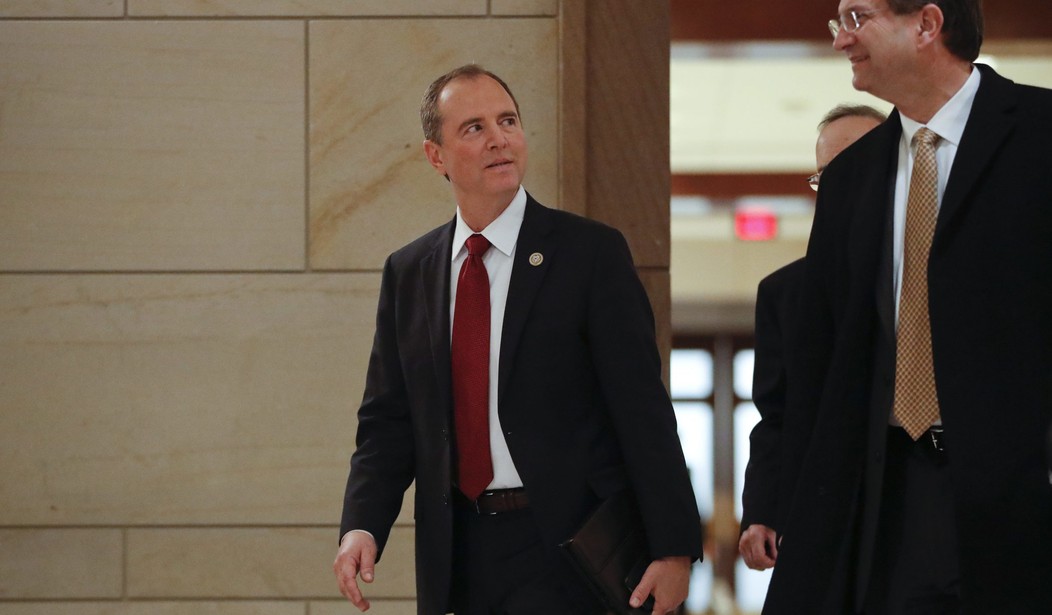Lori Montgomery of the Washington Post summarizes a report prepared by the Center for Medicare and Medicaid Services which attempts to estimate the effect of President Obama’s healthcare “reform” efforts. The Center is part of the Department of Health and Human Services. According to Montomery, the report says that half a billion dollars in “savings” will come from reductions in medical benefits to seniors. But despite the lower payouts, the reduction in total spending will be much less than advertised.
In the face of greatly increased demand for services, providers are likely to charge higher fees or take patients with better-paying private insurance over Medicaid recipients, “exacerbating existing access problems” in that program, according to the report from Richard S. Foster of the Centers for Medicare and Medicaid Services. …
Democrats focused Saturday on the positive aspects of the report, noting that Foster concludes that overall national spending on health care would increase by a little more than 1 percent over the next decade, even though millions of additional people would gain insurance. Out-of-pocket spending would decline more than $200 billion by 2019, with the government picking up much of that. The Medicare savings, if they materialized, would extend the life of that program by five years, meaning it would not begin to require cash infusions until 2022.
But that misses one of the major points the CMMS report was trying to make. Costs will be kept down because benefits will be redistributed. Some may pay for others. “In the face of greatly increased demand for services, providers are likely to charge higher fees or take patients with better-paying private insurance over Medicaid recipients, “exacerbating existing access problems” in that program, according to the report from Richard S. Foster of the Centers for Medicare and Medicaid Services.” What the actual report said (on page 15) was:
Price reactions — that is, providers successfully negotiating higher fees in response to the greater demand — could result in higher total expenditures or in some of this demand being unsatisfied. Alternatively, providers might tend to accept more patients who have private insurance (with relatively attractive payment rates) and fewer Medicaid patients, exacerbating existing access problems …
Despite a provision to increase payments for primary care to medicare levels, most Medicaid payments would still be well below average. Therefore, it is reasonable to expect that a signficiant portion of the increased demand for Medicaid would not be realized.
We have not have not attempted to model that impact … such as supplier entry and exit or cost-shifting toward private payers.
But the agency warns that little, if anything is certain about the future. Although it asserted that “most of the provisions of HR 3962 that were designed, in part to reduce the rate of growth in health care would have relatively small savings impact” it made it clear that the “actual future impacts of HR 3962 on health expenditures, insured status, individual decisions, and employer behavior are very uncertain. The legislation would result in numerous changes in the way that health care insurance is provided and paid for the in US, and the scope and magnitude of these changes are such that few precedents exist for use in estimation.” (emphasis mine)
The empirical difficulties notwithstanding, Robert Samuelson writing in Newsweek says “it would create new, open-ended medical entitlements that would probably expand deficits and do little to suppress surging health costs”. Samuelson calls it a self-inflicted wound.
Obama’s advisers assert that the present proposals would slow the growth of overall national health spending. Outside studies disagree. Three studies (two by the consulting firm the Lewin Group and one by the Centers for Medicare & Medicaid Services, a federal agency) conclude that various congressional plans would increase national health spending compared with no legislation. The studies estimate the extra spending, over the next decade, at $750 billion, $525 billion, and $114 billion, respectively. The reasoning: greater use of the health-care system by the newly insured would overwhelm cost-saving measures (“bundled payments,” “comparative effectiveness research,” tort reform), which are weak or experimental.
But if “reform” doesn’t solve the health care problem then what problem does it solve? The idiosyncratic Terry McGarty, a blogger who is affiliated with MIT, has actually tried to read through HR 3962. He says, “I thought it would be educational just to present the Table of Contents of the Medicare section. Remember what our current President said, if you like your current health care you can keep your current health care. Not if you are on Medicare! And those fellows at the AARP, shame of you! The following is a massive change in Medicare and the seniors just do not know what is happening to them. This Bill goes well beyond HR 3200 in making Medicare a straight jacket for physicians and is a clear example of what will happen to a public plan.”
His short view of the HR 3962 is that “this is a large taxation bill … most likely the sickest will seek the Government plan because of its costs. This the statistics of the plan will make it difficult to attain the overall mix to be able to predict the costs. Thus it will always run a deficit and one knows where that will come from.”
Given these uncertainties the safest course is to look at health care “reform” very carefully for at least two reasons. First, as the HHS report noted, the bill’s effects are so large that they will transform the landscape forever. There are no past models that can be used to model its effects accurately. Second, it appears to reduce the benefits of one group of people for a possible increase in benefits to another. In other words the medicine in the bottle can do a lot of things. It can shrivel your hand at the expense of maybe healing your foot. But nobody can tell with any degree of real certainty what its long term effects will be. By itself, that defect isn’t fatal. Public policy experiments always carry with them an element of risk. However, there are some experiments whose consequences should be carefully examined. There are some bottles of medicine left undrunk. Yet one thing everyone should agree on is that it’s worth reading the label, even if it is thousands of pages long.
But even if HR 3962 doesn’t solve the “health” problem, it may solve a political problem. Think of it, a source of money and entitlement that can be squeezed for decades! How many politicians on both sides of the aisle could resist its lure?
[youtube 3ErzUl5LeDw]










Join the conversation as a VIP Member